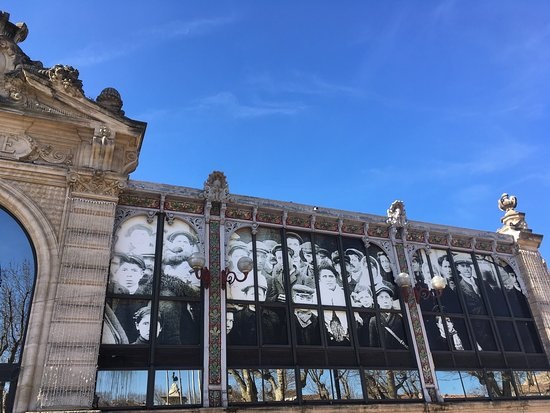“The best perfumes come in small bottles”. This saying can be applied when visiting cities where what matters most is the charm and the pleasure of walking around beautiful corners, instead of rushingour walk throughbig avenues in search of monuments crowded with tourists. We can do the first on a train travel to Narbonne, a city with a historical soul that places us between two rich cultures: the French and the Roman.
Image: sixt.com
A city full of history
Narbonne was founded in 118 BC. as the capital of Via Domitia, the main Gallic road between Rome and Hispania. From then until the Visigoth invasion of 462, Narbonne was the most important city of the French Rome and received a broad legacy that makes ita reflection “in miniature” of the life of the capital of the Empire of Caesar.
Later in time, Narbonnewas invaded by the Muslim city and became axis of the kingdom of the Francs and finally, a French lordship. A conglomerate of different cultures that have been reflected in various constructions that make it a gem of history and architecture.
What to see and do in Narbonne
Narbonne makes you fall in love with the beauty that it encloses in such a small space, without being contaminated by the style of suburbs or new buildings that break the harmony of the carved stone façades of the city. This shows therespect for the history and environment of the city, where we can enjoy the beauty of things like the following:
- The Cathedral of San Justo and San Pastor: a gem of religious architecture does not go unnoticed because of two peculiarities that make it unique: it’s a 41-metres height temple located on a hill which makes it visible from miles away, and the fact that it is still unfinished, with gives it the appearance of being in ruins.
- Rests of the Via Domitia: presiding over the Town Hall square we find the rests of the main route between the Roman Spain and the capital of the empire, where also crossed the Aquitaine route, which linked this point with the Atlantic Empire (Toulouse and Bordeaux).
- The Palace of the Archbishops: this beautiful palace building of Gothic style with a façade flanked by several towers is now the headquarters of the city council.
- Roman Horreum: perfectly preserved remains of an ancient Roman warehouse.
- Les Halles Market: Neo-Renaissance court where iron and glass play along with forms of Gothic architecture, this Parisian-style market is the gastronomic center and meeting point of the city’s social life.
- Old Bridge: this old way of passage over the river Aude has been renovated to accommodate on it buildings of the past century that resemble the Ponte Vecchio of Florence, giving to this corner a bohemian aspect.
- Cruise on the Robine canal: the Robine canal is a branch of the Canal du Midi, declared as UNESCO Heritage, which is one of the greatest achievements of French civil engineering. It is an artificial channel designed to join the Mediterranean Sea and the Atlantic Ocean through the south of France in the S 18th century, when the means for such prowess were precarious.
- Enjoy high French cuisine at a good price: in the modern complex of Point de la Liberté, just at the southern entrance of the city, you will find what is considered the best buffet in Europe, with examples of French and Mediterranean haute cuisine at very fair prices.
A visit to the surroundings of Narbonne
The historic town of Narbonne is worth a visit for itself, but the reasons multiply exponentially if we consider the gems we found around it, such as the Fontfroide Abbey, natural charm such as the Bages-Sigean pond, the Regional Park of the Narbonnaise or the Mediterranean beaches, Peyrepertuse castle with incredible views between the sea and the Pyrenees mountains, the Fontrabiouse cave or as a curiosity, the mysterious “Les chevaliers Cathares“, one of the highest representations of the bizarre Cathar religious cult.








